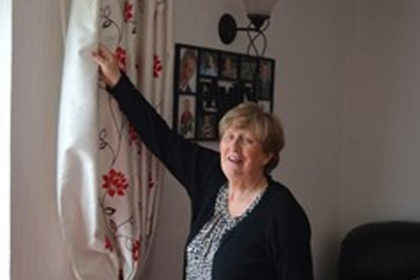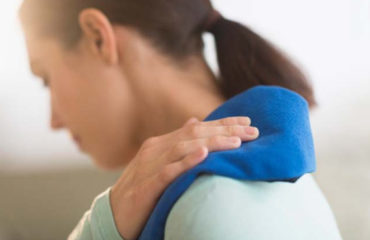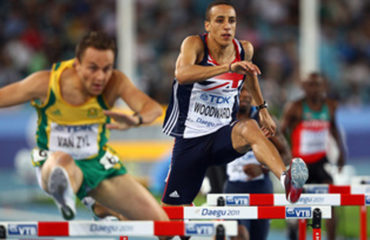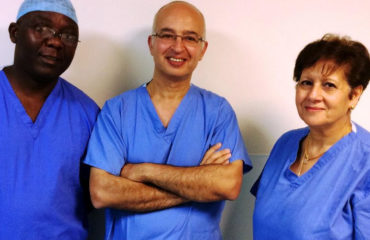
At 71 years old Solihull grandmother Virginia Howell might not be handing out ‘high fives’ to show her delight but she is certainly all smiles when performing simple tasks such as hanging up her coat, following a special type of shoulder operation.
And playing with her youngest grandchild – four year old Amy – is a dream come true after years of barely being able to lift her right arm away from her side.
Virginia, who used to work with special needs children, first injured both of her shoulders in a fall back in 2002. She had rotator cuff repairs on both shoulders and, for several years, things seemed to be okay.
But gradually wear and tear on the right shoulder began to limit her arm movement and cause almost constant pain.
“I couldn’t sleep because of the pain. I couldn’t perform simple tasks that most people would take for granted – if I walked into a room carrying things in my left hand I couldn’t turn the light on because there was no way I could get my right hand above waist height,” she explained.
“Because I had already had two major shoulder operations I was worried there wouldn’t be anything else that could be done for me and thought I might have to spend the rest of my life on painkillers.”
Virginia, of Rowood Drive, was told she needed a shoulder replacement operation but, because of her previous injury, it would have to be done ‘in reverse’.
“The shoulder is a ‘ball and socket’ joint, explained Mr Amir Salama, Consultant Orthopaedic Surgeon at Spire Parkway Hospital in Solihull.
“In a normal shoulder the ball is formed at the top of the arm and this glides around a ‘socket’ on the shoulder blade.
“However, because Virginia’s socket was so worn and arthritic and had no rotator cuff tendons, we had to do things in reverse. I attached a metal ball to her shoulder blade and then I fitted a plastic socket at the top of her arm.”
A reverse shoulder replacement changes the centre of rotation of the shoulder and puts the outside shoulder muscles at an advantage. This allows them to lift the arm and replace the function of the torn and irreparable tendons in the rotator cuff.
Six weeks after surgery and Virginia is amazed at the range of movement she now has in her arm but, better than anything, the constant pain she had suffered for years is gone.
“It’s like I’ve been given a new lease of life,” she said. “I’m having great fun playing with young Amy and getting a full night’s sleep as well, I really can’t thank Mr Salama enough.”

 Mr Amir Salama
Mr Amir Salama


